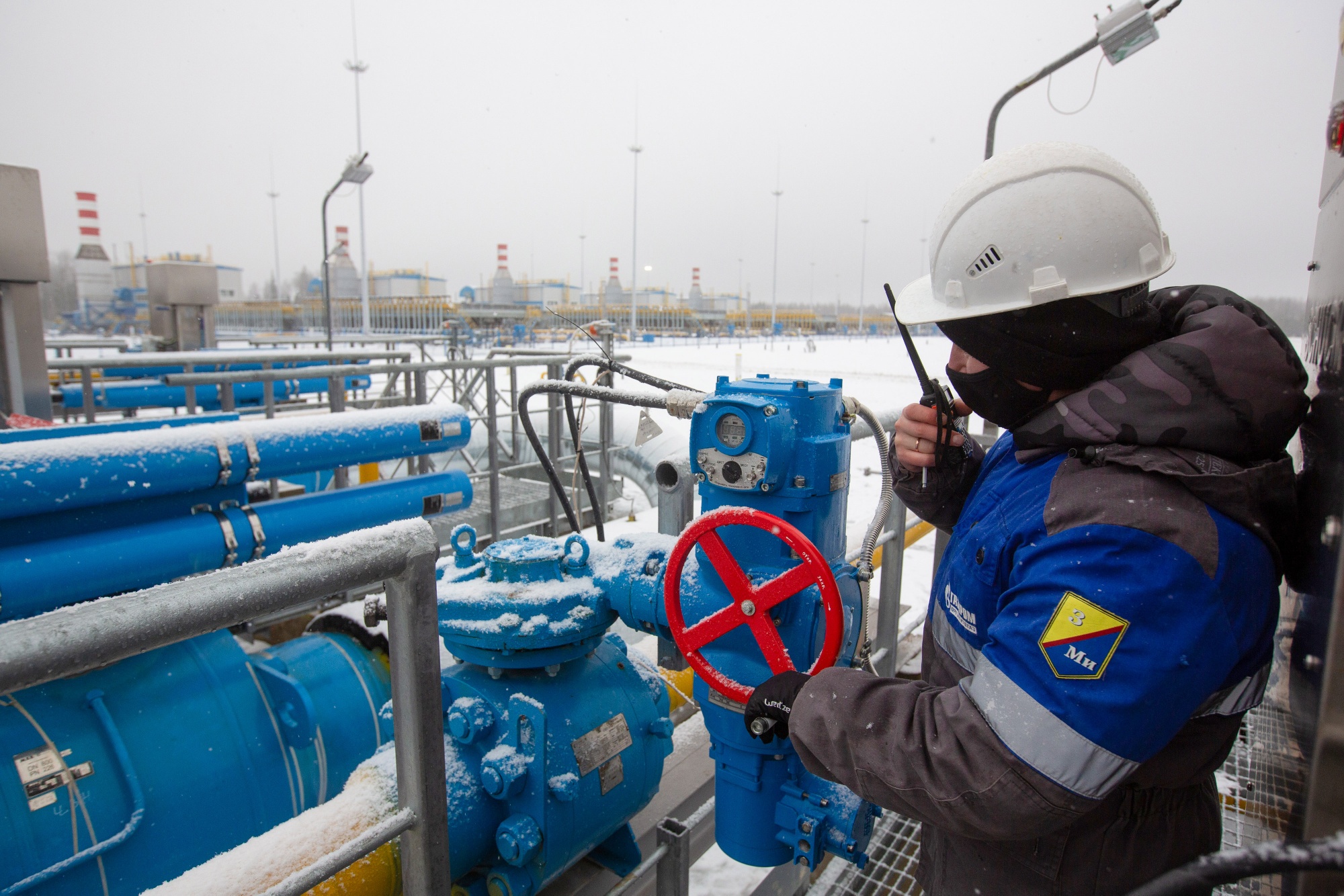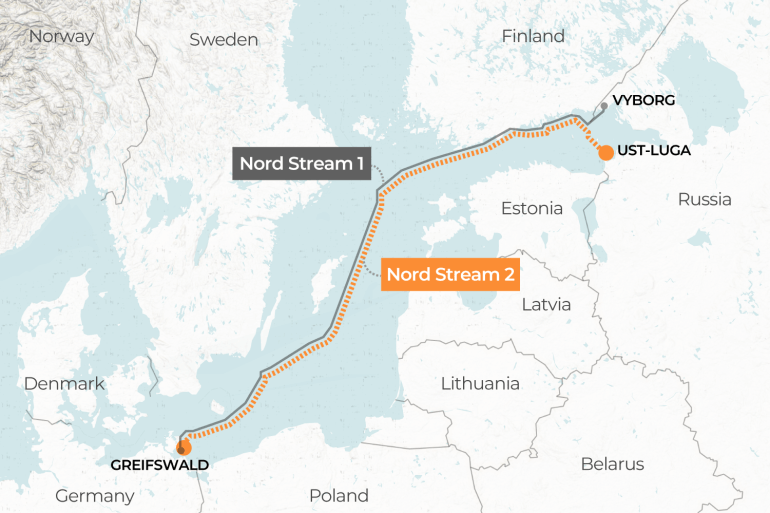German officials had feared that the pipeline, the nation’s primary supplier of Russian gas, might not reopen at all amid rising tensions over Russia’s war in Ukraine.

Gas Transmission from Russia to Europe
After a 10-day maintenance closure, natural gas began flowing through a significant pipeline from Russia to Europe on Thursday, according to the operator. But it was anticipated that the gas flow would be far below capacity.
The Nord Stream 1 was shut down on July 11 for 10 days of planned maintenance work, which affected Germany’s primary Russian gas import source. European nations were becoming increasingly concerned that Russia would prolong the temporary suspension of gas shipments as punishment for the present sanctions imposed on Moscow.
Germany, the largest economy in Europe, continues to rely significantly on Russian gas despite efforts to lessen that dependence. In response to the invasion of Ukraine, construction of the Nord Stream 2 pipeline, which was scheduled to be finished in September 2021 and increase the amount of direct Russian gas flowing to Germany, was halted in February.
However, despite Moscow’s mid-June decision to reduce the Nord Stream 1’s gas supply by 60%, it was still in use. According to Reuters, Russia had attributed the decrease in supplies on the delayed return of a turbine that was being fixed by Germany’s Siemens Energy in Canada.

What is Nord Stream 1?
A 1,224 km underwater gas pipeline called Nord Stream 1 connects Lubmin, Germany, to Vyborg, Russia, via the Baltic Sea. According to Reuters, the pipeline is the main way that the Russian energy giant Gazprom’s gas reaches Germany. Gazprom owns a majority of the pipeline.
According to Reuters, it transfers 55 billion cubic meters of gas annually, the majority of which is sent directly to Germany. The remainder, meanwhile, moves west and south through onshore linkages to other nations and into storage caverns.
The 7.4 billion euro pipeline was inaugurated in November 2011 with former German chancellor Angela Merkel stating that it laid the path for a “safe, sustainable collaboration with Russia in the future.”
The majority of the gas that Germany consumes from Russia in Europe travels through the Nord Stream Pipeline. According to Deutsche Welle, its share of Russian gas deliveries was 55% in 2021 and is currently 35%.

Nord Stream 1 has resumed flow
German news agency DPA quoted operator Nord Stream AG as saying that gas has resumed flowing as of Thursday morning but that it would take some time for the flow to increase.
Deliveries were predicted to be significantly lower than the pipeline’s maximum capacity. A comparable amount of gas to that seen prior to maintenance was anticipated, according to Nord Stream. Klaus Mueller, the chairman of Germany’s network regulator, claimed on Twitter that only approximately 30% of the pipeline’s capacity had been informed of supplies by Russian company Gazprom on Thursday.
Russia’s state-owned Gazprom reduced the flow to 40% of its maximum in the middle of June. It highlighted purported technical issues with machinery that partner Siemens Energy had sent to Canada for maintenance but was unable to receive back due to sanctions related to Russia’s invasion of Ukraine.
The turbine that drives a compressor station at the Russian end of the pipeline can now be shipped to Germany, according to approval from the Canadian government earlier this month.
The German government has repeatedly accused Gazprom of using a technical justification for the gas reduction as a cover for a political decision to create uncertainty and raise energy prices. It claims the turbine was a replacement that was only meant to be installed in September, but that it is making every effort to deny Russia the justification for reducing supplies.
Vladimir Putin, the president of Russia, stated on Tuesday that Gazprom still hadn’t received the necessary paperwork for the turbine’s return; on Wednesday, Gazprom reiterated this allegation. Putin stated that if the turbine that was shipped to Canada wasn’t returned by the time Gazprom shut down another turbine for repairs in late July, the flow of gas would dwindle much further.
Ursula von der Leyen, the head of the executive Commission of the European Union, declared on Wednesday that there was “no reason not to distribute” gas since the turbine was “in transit.”
The Commission suggested that member nations reduce their gas use by 15% over the upcoming months as the EU gets ready for a potential complete Russian gas supply shutdown.













